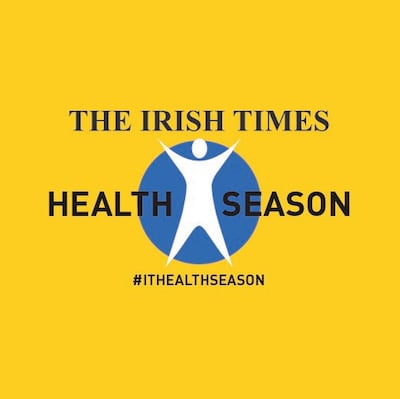So, how are you feeling today? A little queasy from too much festive food and drink? Or perhaps feeling a tad virtuous having avoided temptation and even managed some Yuletide exercise?

Christmas is a time when medical research loosens the chains of propriety a little. Over the years, the British Medical Journal has published numerous daft and quirky papers, including an assessment of whether James Bond’s drinks were shaken (and not stirred) because he suffered with alcohol-induced tremor and the somewhat startling finding that patients who undergo surgery on the surgeon’s birthday experience higher mortality compared with patients who undergo surgery on other days of the year.
But all is not sweetness and light in the land of the festive medical journal. The Australian and New Zealand Journal of Public Health has published a paper from German, Dutch and Swiss researchers whose stated aim was “to systematically collect scientific evidence of adverse health effects associated with Christmas in terms of hazards to which we refer as ‘Chrishaps’ [we expressly mean not only injuries from accidents or falls, but also threats to health from other risks such as high-fat foods or allergenic substances]” .
This stern “mittel Europe” literature review revealed various hazards. Allergic reactions were demonstrated to Poinsettia or Euphorbia pulcherrima Willd (a popular Christmas plant), Christmas trees and candles. Poinsettia and holly can lead to contact dermatitis. Not unexpectedly, swallowing and aspiration of Christmas decorations featured: including a Christmas tree LED light bulb, confetti stars, button batteries and a plastic robin.
A Deadly American Marriage review: Excruciating documentary gives Jason Corbett’s killers Molly Martens and her father a platform and megaphone
‘Alan Hawe was a wolf in sheep’s clothing who fooled us all’: Clodagh Hawe’s sister on her fight for the truth
Influencer James Kavanagh on life in Kilkenny: ‘I wanted a big house, the fantasy of a big house’
The ‘gentrification’ of Dublin: ‘Young people are coming in, buying houses and gutting them’
Even more astonishing was a case report of suspected cyanosis in an 18 year old, induced by skin staining from blue bed linen given as a Christmas gift. Reassuringly, however, the authors found no reports that either Santa Claus himself or one of his reindeers were involved in accidents.
Hopefully your decorating exploits are behind you for another year but the researchers note that “when decorating, there is a risk of falling, for example, when putting up residential Christmas lights or decorating the house. Among these risks, falls from ladders or roofs were the most common, but also from furniture, with some significant injuries like lacerations, strains and sprains, or fractures.”
In terms of dietary risk, the traditional Christmas pudding “must be appreciated as a potential health hazard” due to the alcohol and ethyl carbamate it contains (especially when doused in brandy and set alight).
“Overeating, to our surprise, has been rarely identified as a Chrishap in our systematic literature search. However, a positive correlation between Christmas and higher cholesterol values was reported.”
To assess and discuss specific public health implications of Chrishaps, higher level studies are needed along with targeted injury surveillance
— Research authors
Two other risks from festive eating emerged from the literature review: abdominal pain after eating an entire packet of mints without chewing (in fairness, the man affected was edentulous) and eating a piece of Christmas cake containing a plastic robin. And don’t overdo the turkey consumption: a single case finding of higher-pitched voices in men and a decrease in female pregnancies due to hormones in battery turkeys warns of this bizarre but unlikely outcome.
In what I hope (but cannot be certain) is a tongue-in-cheek conclusion, the authors write: “Given the potential hazards and Chrishaps documented, implications for public health may need to be explored to reduce such risks. To assess and discuss specific public health implications of Chrishaps, higher level studies are needed along with targeted injury surveillance. Overall, further research and effective information may limit Chrishaps and ensure we have a safe and merry Christmas.”
My advice? Forget about Chrishaps. This is a time of year to loosen any dietary shackles. We all need a week when we can switch off and indulge ourselves. While the calorie count will rise – latest estimates for Christmas dinner is that we consume 6,000 calories during this meal alone – letting go for a few days should release additional endorphins and mood-enhancing neurotransmitters that will boost your immune system.
Hedonism has its place. And if not this week, when?
















